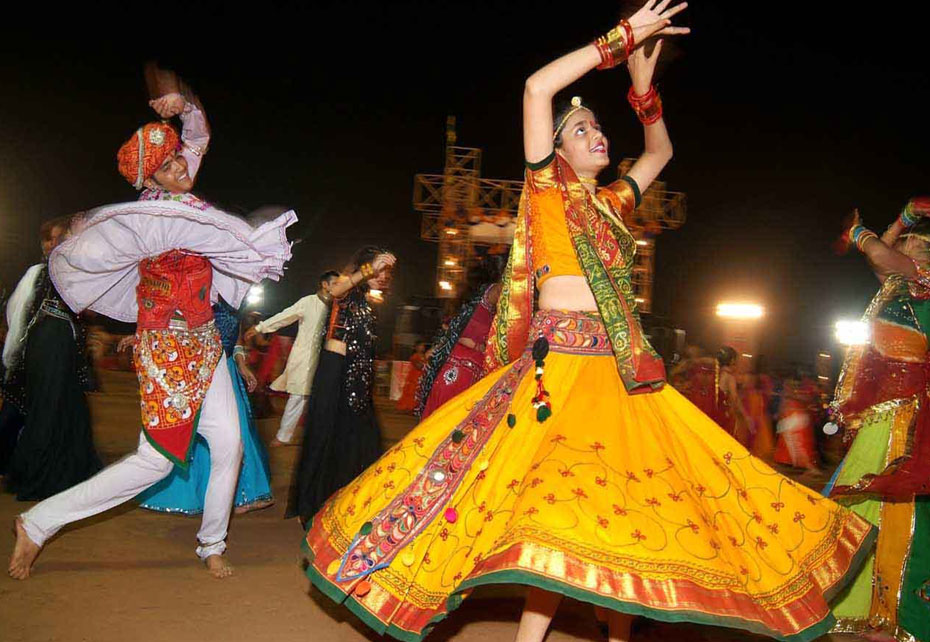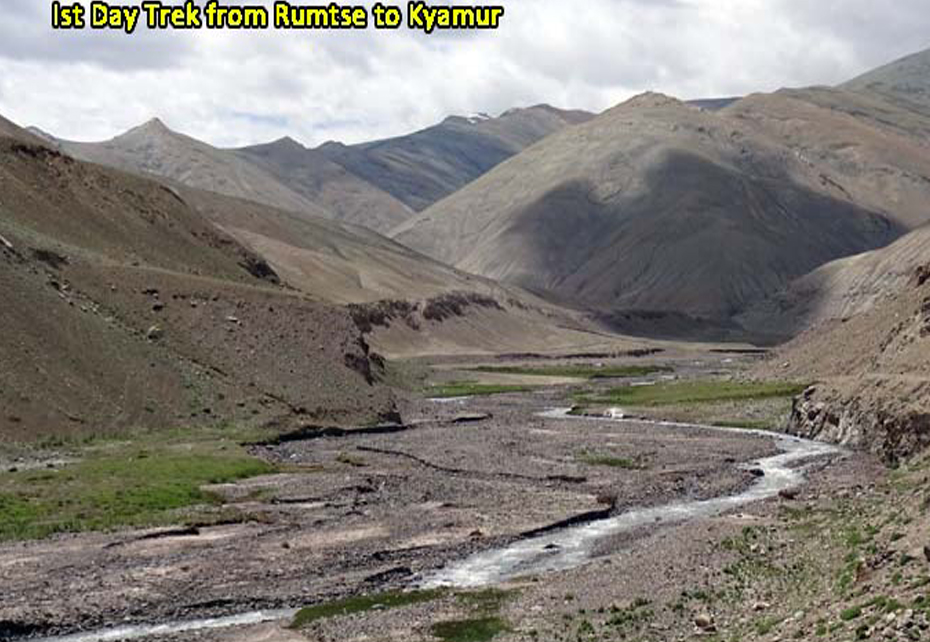
Destinations covered: New Delhi | Ahemdabad | Patan, Gujarat | Bhuj | Gondal | SasanGir | Junagarh | Somnath | Bhavnagar | Palitana | Lothal, Gujarat | Diu
The west coast state of Gujarat has a long and varied history and a great number of interesting places to visit. Lothal - asite of Indus Valley Civilisation city over 4000 years ago; Sasangir - the last home of Asian lions, Hilltop Jain temple complex of Palitana; Ahmedabad - Displaying a fine example of Indo - Saracenic architectural style; Dasada - having a thriving population of the endangered Asiatic wild Ass, and situated at the fringe ofLittle Rann of Kutch that produces 60% of total salt consumed in India - hence called ‘salt pan of India’; isolated but colourful Banni villages of Kutch-Bhuj - still preserve their local customs & traditions.

Destinations covered: New Delhi | Jaipur | Ranthambhore | Bharatpur | Agra | Khajuraho | Bandhavgarh | New Delhi | Guwahati | Kaziranga | Guwahati | New Delhi
India has some of the finest south Asian wildlife areas with a rich variety of habitats and forests. The interesting fact, that it’s only in the Indian subcontinent that both the tiger & the lion can be found, is a tiny indicator of the vast variety of habitats available. Just as tiger hunts alone and duck behind cover, needs forest, the lion requires good visibility to pounce on their prey, needs savannah grasslands.
Out of approx. 570 National Parks & Wildlife Sanctuaries, five are included in the list of twenty eight UNESCO World Heritage Sites in India. And these are Nanda Devi National Park, KeoladeoBharatpur Bird Sanctuary, Kaziranga National Park, Manas Wildlife Sanctuary and Sundarbans National Park. Other premier national parks are Bandhavgarh, Kanha, Ranthambore, Corbett, Madhumalai&Periyar.
The marshy land of Bharatpur National Park plays host to thousands of winter migrating Aves between October to March. With over 300 species, it is recognized as one of its kind in the world.
The semi arid forest of Ranthambore and Sal-Bamboo mixed forest of Bandhavgarh are among the few places in India where you have the chance to see the elusive Tiger in broad daylight; along with a rich assortment of mammals, notably Nilgai, Cheetal and Sambar.
Kaziranga is one of the most beautiful reserves with the unique mixture of elephant grasslands, lush swamps, patches of dense forest with majestic Silk Cotton trees and distant hills looming large. This is the home of the Great Indian one - horned rhino, wild buffalo, hog deer, swamp deer, elephant, tiger and exceedingly rich bird-life. This rich variety of flora and fauna of Kaziranga are any naturalist's delight.
Best time to visit the above sanctuaries is between November to March.
A classical itinerary covers wildlife areas alternate with the colours of Jaipur, the magic of TajMahal and the exquisite temples of Khajuraho.

Destinations covered: New Delhi | Kausani | RoopKund | Kanol, Uttarakhand | Sital, Uttrakhand | Tali, Uttarakhand | Auli Laga Joshimath | Joshimath | Badrinath | Rishikesh
The trek over the Kuari Pass was popularized by Lord Curzon when he was British Viceroy of India. This trek is on the outer rim of Nanda Devi Sanctuary - the best described by Eric Shipton in his book - 'A Vision of such beauty is worth a world of striving....'. Since the legendary trek through Rishi gorge to the Inner Sanctuary is closed for ecological reasons, this trek offers a partial substitute with some of the best views of the peaks in and around Nanda Devi Sanctuary.

Destinations covered: Leh | Rumtse | Kyamar La | Pangunagu | Nuruchen | Rajungkaru | Kyamayuru la 1 | Kyamayuru la 2 | Tso Moriri | Korzok | Chamser Kangri | Shibuk La
Rupshu is a fascinating expanse of high altitude desert - stretching to about 15000sq km and seldom below 4500m, in the southeast part of Ladakh. It is inhabited by the Changpa Nomads who mostly move with their herds of sheep & yak and live in black yak-haircloth tents. Only a few places have permanent dwellings - at Korzok, Thugctse, Chamar & Hanle etc. Its most remarkable features are a 150sq km lake called TsoMoriri - the lowest place in this desert, the Pangpolungpa or the Rupshu Ice-Cap, and 19 peaks more than 6000m high that dot this strange desert.
A wide variety of wildlife is also visible both in land & water - Skyang (Tibetan wild ass), phya (marmots), hare etc. and migratory birds like brahmani duck, wild geese, black neck cranes etc.